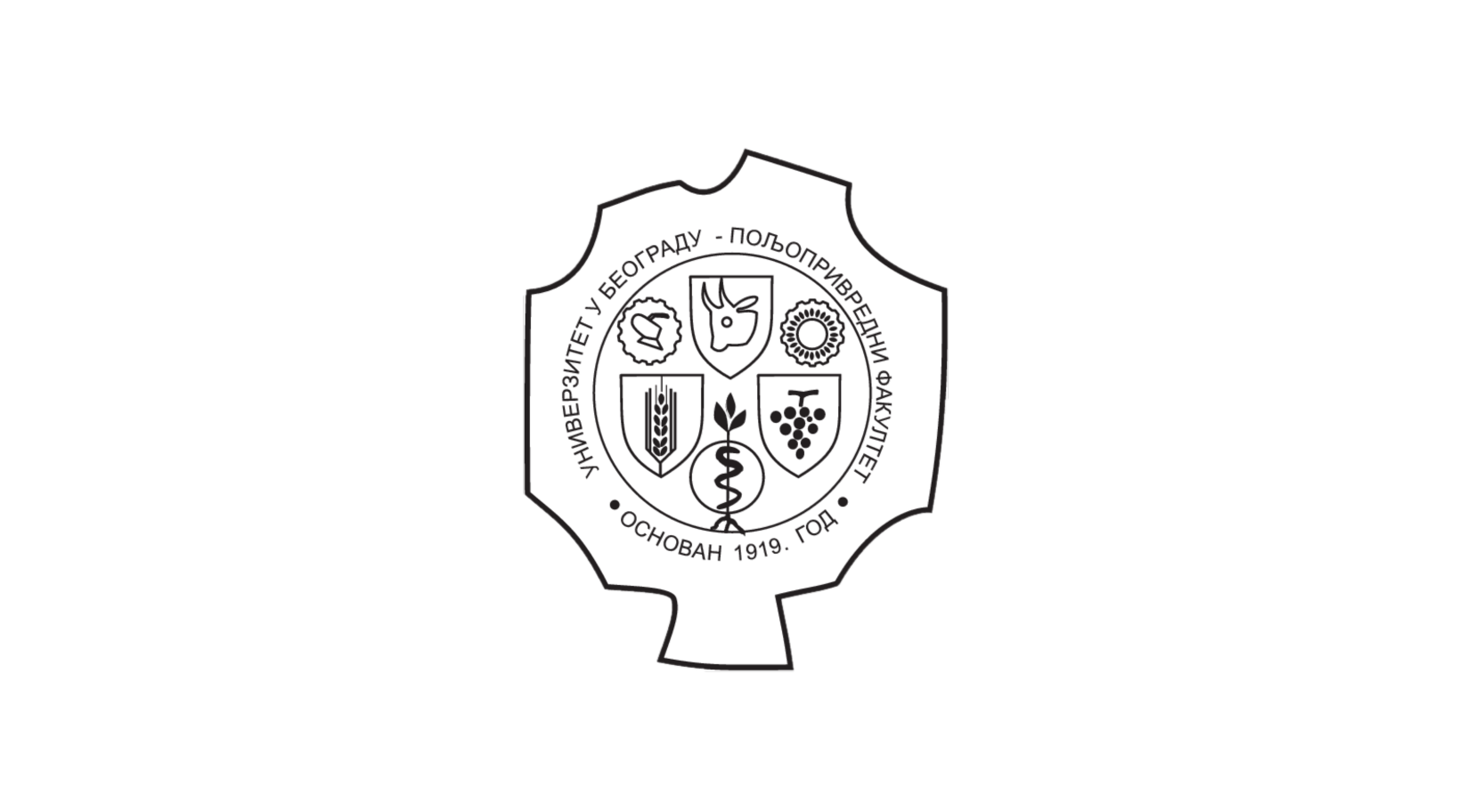Приказ основних података о документу
Implementation of Thyroid-Sensitive Endpoints Into the Fish Early Life Stage Test (FELS, OECD TG 210) With Zebrafish (Danio rerio) - Part 1: Thyroid Follicle and Gonad Histopathology
| dc.creator | Ehrlich, Tomke | |
| dc.creator | Rinderknecht, Maximilian | |
| dc.creator | Gölz, Lisa | |
| dc.creator | Raskovic, Bozidar | |
| dc.creator | Braunbeck, Thomas | |
| dc.creator | Baumann, Lisa Annie | |
| dc.date.accessioned | 2024-04-09T08:18:45Z | |
| dc.date.available | 2024-04-09T08:18:45Z | |
| dc.date.issued | 2022 | |
| dc.identifier.uri | http://aspace.agrif.bg.ac.rs/handle/123456789/6935 | |
| dc.description.abstract | Currently, endocrine disruptor (ED) testing is conducted with multiple protocols using various species both for human health and environmental safety evaluation. ERGO, as part of the EU H2020 EURION cluster project, is focused on the optimisation of such existing test guidelines (TGs)for screening for ED effects of chemicals. Modified or new TGs are expected to both comply with the reduction, replacement, and refinement (3R) principle in animal testing and to reduce the time and costs needed for the evaluation and authorisation of new and existing compounds. The Hypothalamus-Pituitary-Thyroid (HPT) axis as a crucial component of homeostasis and developmental processes is preserved across vertebrate classes. Except for thyroid hormone system disruption (THSD), zebrafish (Danio rerio) has become a well-established model in ED testing. In order to optimise current testing procedures, the addition of new thyroid-related endpoints to existing TGs with for zebrafish is (over)due. From mammalian and amphibian studies, it is known that the morphology of the thyroid follicular epithelium is directly affected by thyroid hormone system-disrupting chemicals (THSDCs) as a response to interference with TH homeostasis. Consequently, histopathological analyses of thyroid follicles appear mandatory also in tests with fish. To check for the sensitivity of thyroid histopathology in fish, two model compounds with known THSD properties, iopanoic acid (IOP) and potassium perchlorate (PCL), were used to identify effects on thyroid follicle morphology in a fish early-life stage toxicity test (FELS, OECD TG 210). In order to further increase the ecological relevance, an additional recovery phase of 30 d was added after the initial 34 d exposure period. Furthermore, a histopathological analysis of the gonads is currently being carried out to assess crosstalk with the HPG axis. With regard to the target organ, the thyroid, PCL and IOP exposure had no statistically significant effects on thyroid follicle morphology, when measured at 34 dpf. After 64 d however, statistically significant differences in thyroid epithelium thickness were observed in exposure and recovery groups for both substances. The results show that implementation of thyroid epithelium thickness into TG 210 is technically feasible, However, refinement is needed to, e.g., replace amphibian testing. Moreover, life-stage sensitivity and general developmental effects must be considered when analysing THSD in TG 210. | sr |
| dc.language.iso | en | sr |
| dc.publisher | Society of Environmental Toxicology and Chemistry Europe | sr |
| dc.rights | closedAccess | sr |
| dc.source | SETAC Europe 32nd Annual Meeting “Towards a reduced pollution society” | sr |
| dc.title | Implementation of Thyroid-Sensitive Endpoints Into the Fish Early Life Stage Test (FELS, OECD TG 210) With Zebrafish (Danio rerio) - Part 1: Thyroid Follicle and Gonad Histopathology | sr |
| dc.type | other | sr |
| dc.rights.license | ARR | sr |
| dc.citation.epage | 61 | |
| dc.citation.spage | 61 | |
| dc.identifier.rcub | https://hdl.handle.net/21.15107/rcub_agrospace_6935 | |
| dc.type.version | publishedVersion | sr |


